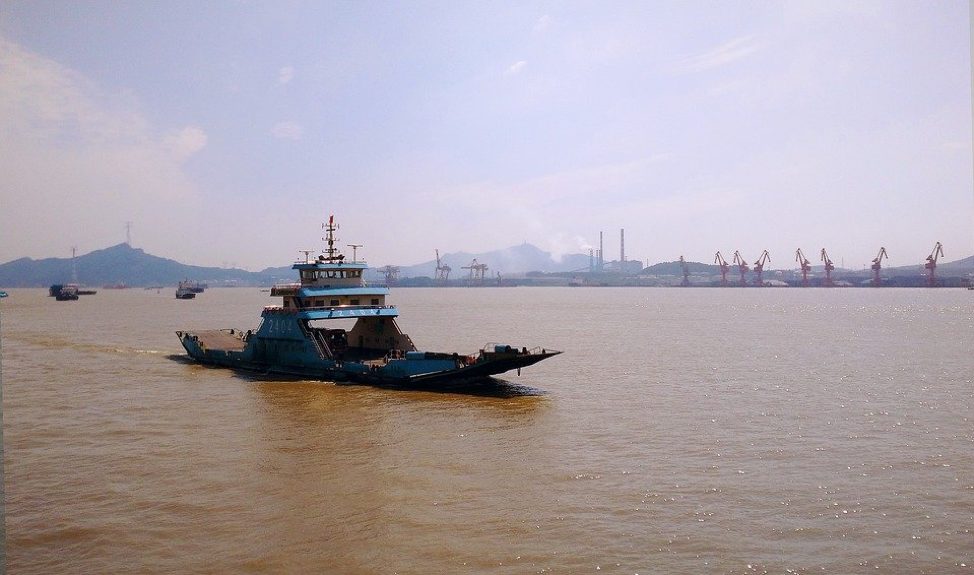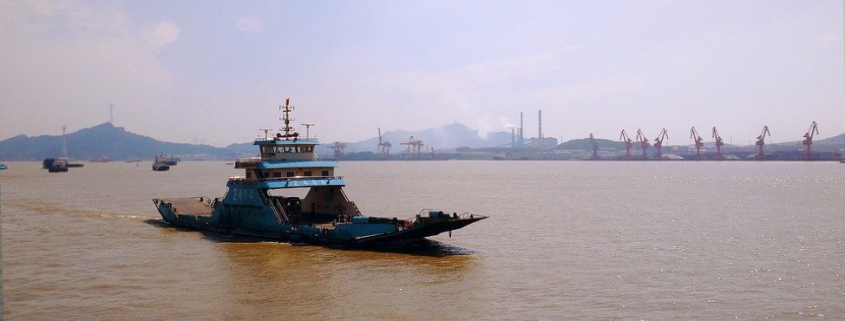Hot Spots H2O: Research Finds High Levels of PFAS Contaminants in Chinese Drinking Water

The Yangtze River. © pixabay
Drinking water for millions of people in China has unsafe levels of PFAS toxics, according to a study released by Tsinghua University earlier this month.
The researchers analyzed 526 drinking water samples across 66 Chinese cities for perfluoro- and polyfluoroalkyl substances (PFAS), which are durable, man-made chemicals found in products such as textiles, firefighting foam, and pesticides. The study concluded that just under 100 million people in the examined cities have PFAS concentrations in their drinking water above safe levels.
Since China does not have any national safety standards for PFAS, the researchers used the maximum PFAS limit set by Vermont in 2019. This is the first study on PFAS contamination and associated health conditions completed in China.
“Many PFAS are water soluble and do not degrade for centuries or longer, and are therefore called ‘forever chemicals,’” Roland Weber, co-author of the study, told The South China Morning Post. “If you have contaminated ground water used for irrigation, it will go into your plants, your food, and your cattle.”
Because of their strong molecular bonds, PFAS chemicals do not readily break down in the environment, nor in the human body, where concentrations can build up over time. The chemicals can stay in the body for as many as eight years after exposure stops, leading to various possible health complications. Cited in a 2018 CDC toxicology report, PFAS contamination is correlated with health conditions such as cancer, liver damage, thyroid disorders, and fertility issues.
The study found that the particularly harmful PFAS variants PFOA and PFOS were dominant chemicals found in Chinese drinking water. East China, Southwest China and cities in the Yangtze River basin such as Zigong, Jiujiang, and Lianyungang have the highest risk of PFAS exposure, the contamination mainly coming from fluorochemical plants and industries producing products such as leather and paper.
People in the region drank much more than what is considered within a safe level, which according to the Tolerable Daily/Weekly Intake, should not rise to more than 4.4 ng/kg a week. In some Chinese cities, the range would reach as high as 127 ng/kg a day in adults and over 400 ng/kg a day in babies and toddlers.
Chinese authorities have not pursued additional analysis or remedies to PFAS contamination. Although a member of the 2004 Stockholm Convention on Persistent Organic Pollutants, the country has not ratified the section on PFOA, which was added in 2019.
The Ministry of Ecology and Environment released a report in June 2020 on the continuous improvement of water and ocean quality, but a review of the report found that groundwater was far from targets. The government began groundwater pollution control in 2019, and plans to implement further actions between 2021 and 2025 for groundwater as well as pollutants in surface water.
Elena Bruess writes on the intersection of environment, health, and human rights for Circle of Blue and covers international conflict and water for Circle of Blue’s HotSpots H2O.












This does not sound healthy. The government should take action to prevent contamination and keep water drinkable. In the future, pure drinkable water should hard to find out. so, we must be ready to handle those situations.